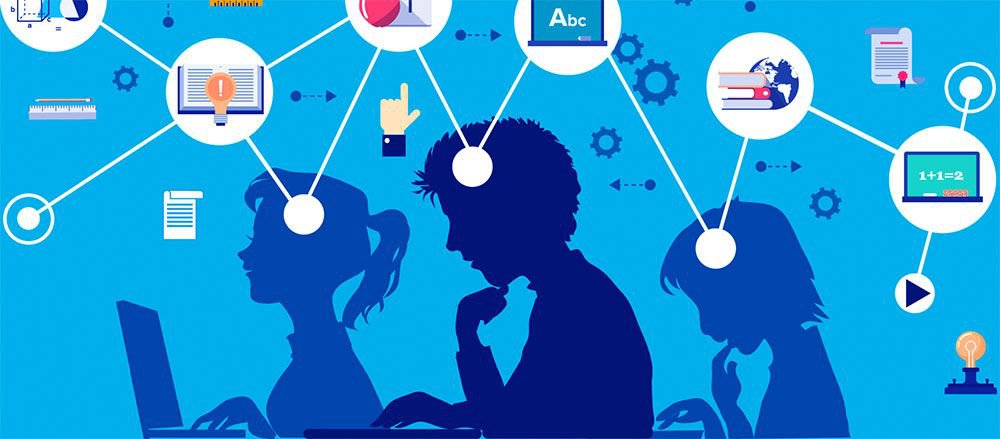Responsible citizens and technology literate individuals

30th June 2023
DIGITAL LITERACY
Digital literacy is the ability to navigate our digital world using reading, writing, technical skills, and critical thinking. It is using technology like a smartphone, PC and more to find, evaluate and communicate information.
DIGITAL CITIZENSHIP
Digital citizenship is the ability to navigate our digital environments in a way that is safe and responsible and to actively and respectfully engage in these spaces.
E-SAFETY
E-Safety, at a simple level, means being safe on the internet. Some examples of dangers include:
- Bullying/cyberbullying
- Sexual Exploitation
- Grooming
- Emotional Abuse
ONLINE ABUSE
Online abuse is any type of abuse that happens on the internet, through social media, online gaming or mobile phones. Children and young people may be the victims of online grooming sexual abuse, sexual exploitation or emotional abuse. They also may be exposed to sexting online, misrepresentation and cyberbullying.
PROTECTED AND VULNERABLE PEOPLE
Safeguarding a vulnerable person means making sure their lives are free from neglect and abuse, encouraging or helping them make decisions about their own lives and care, and creating a risk-free environment.
DIGITAL DIVIDE
The digital divide is a term that refers to the gap between demographics and regions that have access to modern information and communications technology and those that don't or have restricted access.
DIGITAL DETOX
A period of time during which a person refrains from using electronic devices such as smartphones or computers. Regarded as an opportunity to reduce stress or focus on social interaction in the physical world.
FREEDOM OF INFORMATION
Freedom of information refers to a citizen’s right to access information that is held by the state or an organisation
By Year 8












